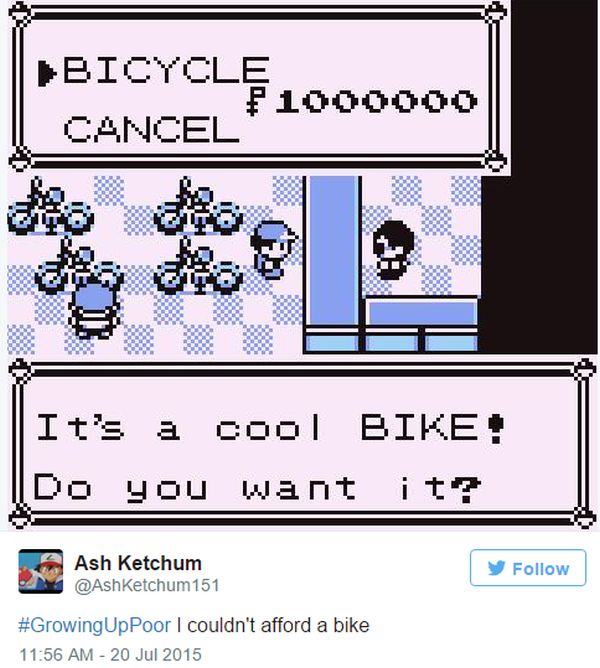

But roughly 40 percent of Appalachia's population in the hills and hollows remains stuck in poverty, still searching for the road to success.Īt the start of his senior year, Grim led the state of Kentucky in touchdowns.

One-room schoolhouses have been replaced by fully-equipped buildings, all of which has helped pull up national achievment rankings. Highways now link the mountain towns to cities in the valley, and reduce what used to be day-long trips to a matter of hours. Today, there have been improvements in the region and many communities are flourishing. The average per capita income for the region was only $841, more than a third lower than the national average. Kennedy traveled to eastern Kentucky to bring attention to a part of the country that desperately needed help.Īt that time, almost 60 percent of families in Appalachian Kentucky fell below the poverty level. Seeing it with my eyes rather than reading an article strengthened the issue, as I got to see the actual feelings of these children, and the emotions that are expressed throughout the video.Forty-one years ago, Robert F. Overall, this documentary strongly showed the lives of children who experienced poverty during the lockdown, which affected their lives even more, and single mothers could only rely on either their parent or aid from the government. Experiences like these affect children negatively and make them not feel integrated with the people around them. This was shown in one clip in which one daughter from the family in Columbus told a story of how she brought a Caucasian doll to school one day and was questioned on why the doll was not black like the co lor of her skin. They realize early on that they stand out from people around them, and plenty of times can result in feelings of discomfort. I would say that not only is it different from people of other skin, b ut also from black people who may live in cities with a higher black percen tage. Two of the three families interviewed are either black or have mixed children, and the way they must live their life is different. These are the types of things that people not in the poverty line do not have to experience, and therefore it does not end up affecting their life. One of the kids sees a counselor du e to having to deal with anger that he suppresses. Of course, a part of that is who I am, but watching this documentary shows that these kids who are dealing with poverty are also dea ling with emotional problems, whether that is sadness, depression, or anger, and many o f them hold those emotions to not make their moms worry. Growing up as a kid, I never experienced a lot of depression or sadness. Her mom cannot be the one tutoring her, which only gives her the internet as an option to learn being someone who has ADHD, that might be a bit difficult, since it can be easy to get distracted. Like these make it incredibly difficult to further your education. For people who cannot get the same resources to enhance their learning like Laikyen, who suffers from ADHD, times They must adjust to a learning environment without teachers and are a lot of the time, part of school districts that do not get treated as equ ally as other, more affluent school districts. Relating to the article about poor kids who do well ending u p making less than rich kids who do not do well, the video puts an emphasis on education of course, getting an education can help these k ids overcome their situation, but they are in a tough spot. The three families that were selected for the video were not only living below the poverty line but were experiencing a pandemic, as well as having to rely on a single parent. Of course, being a part of society, I could relate to those feelings of loneliness, but I also did not have to struggle with making ends meet I did not have to worry as much about my education, nor did I have to worry too much about food. Not being able to see friends in person, play sports, or go to school, makes life much harder for people who already have it rough. Not only were they having these difficulties, but it was at the height of a pandemic, in which social interaction was limited, and that in turn, affected people who were less fortunate than others. The emotion of the se children, who face issues that I do not even think about, really made the v ideo stronger. Reading and listening to these issues that millions of children in poverty did not have the same effect as seeing it in the video. Sultan Mohamed Intro to Sociology FebruShelby Longard Documentary Paper: Growing up Poor in America The perspective of the video has helped changed the way I perceive childhood poverty.


 0 kommentar(er)
0 kommentar(er)
